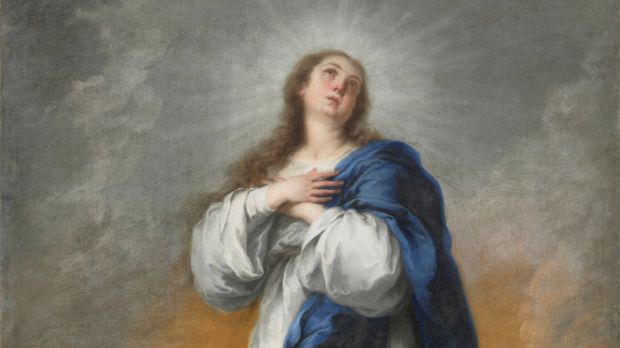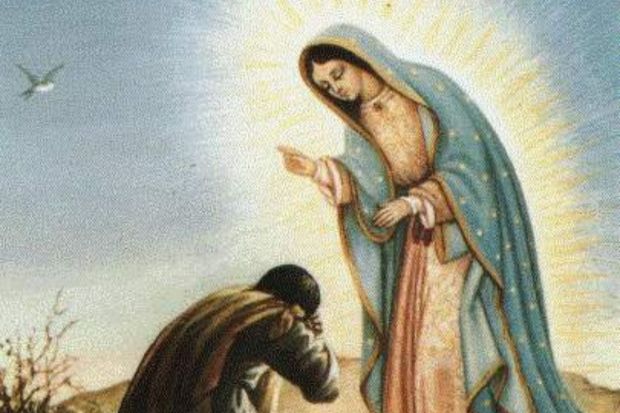Lenten Campaign 2025
This content is free of charge, as are all our articles.
Support us with a donation that is tax-deductible and enable us to continue to reach millions of readers.
Most saints have only one liturgical feast or memorial during the year; a few have two. The Blessed Virgin Mary, however, is a unique exception.
Can we even give a definitive answer to the question of how many times the Virgin Mary is celebrated in the liturgical year? Between the major feasts such as the Immaculate Conception, and memorials related to her many advocations, it’s hard to keep track. Indeed, it seems impossible to man, but God must know, because for him "nothing is impossible" (Lk 1:37), as the angel Gabriel reminds Mary.

Truly, it’s not simple to count the feasts of Our Lady. First, at least two feasts of the Lord are closely linked to Mary. February 2, the feast of the Presentation of the Lord, was until the conciliar reform the feast of the Purification of the Virgin Mary. The mystery of Christ contemplated here remains unchanged, whatever the name. However, the focus now gives primacy to the Son, even though Mary, in offering her newborn child to God, also offers her soul which would be "pierced by a sword," according to Anne's prophecy.
Then, there’s March 25, the solemnity commemorating the Annunciation of the Lord. It honors the Incarnation, which intimately involves both the Son and his mother.
God's work for humanity at the heart of the liturgy
According to Guy Oury, OSB, this mystery of the Incarnation is the key to understanding the key role of Our Lady:
Mary gave birth to the Son of God, giving him a body like our own, drawn from her virginal flesh, and thereby making possible his insertion into the human family. [...] Our Lady is thus the very foundation of the supernatural edifice that the Church has come to build on earth; without Mary, the Church could not have come into being, God having thus disposed."

The Virgin Mary is the figure of the Church, whose birth certificate is the fiat of the "handmaid of the Lord." Therefore, it renders to the mother of the Savior the veneration due to her. However, this devotion is always ultimately ordered to Jesus himself, according to the spiritual adage of St. Louis-Marie Grignion de Montfort: "to Jesus, through Mary."
From January 1 (Mary, Mother of God) to December 8 (the Immaculate Conception), via February 11 (Our Lady of Lourdes), the day after the Sacred Heart (the Immaculate Heart), May 31 (the Visitation), July 16 (Our Lady of Mount Carmel), August 5 (Dedication of St. Mary Major), August 15 (the Assumption), August 22 (Queenship of Mary), September 8 (Nativity of Mary), September 15 (Our Lady of Sorrows), October 7 (Our Lady of the Rosary) and November 21 (Presentation of Mary in the Temple), God's work for humanity is at the heart of the liturgy.

Numerous apparitions of Mary
The Conciliar Constitution on the Liturgy Sacrosanctum Concilium puts it this way:
In celebrating this annual cycle of Christ's mysteries, holy Church honors with especial love the Blessed Mary, Mother of God, who is joined by an inseparable bond to the saving work of her Son. In her the Church holds up and admires the most excellent fruit of the redemption, and joyfully contemplates, as in a faultless image, that which she herself desires and hopes wholly to be.

And if the number of feasts honoring Our Lady is countless, it's also due to the multitude of places where the Virgin has appeared, the number of shrines dedicated to her, and the number of places where tradition has prayed to her for centuries -- from Mexico (Guadalupe, December 12) to the Holy Land (Palestine, October 25), via Mongolia (Mozishan, August 2) and Rwanda (Kibeho, November 28), to Wisconsin in the United States (October 9). In France alone, the Mother of the Savior has appeared in 18 places recognized by the Church ...










